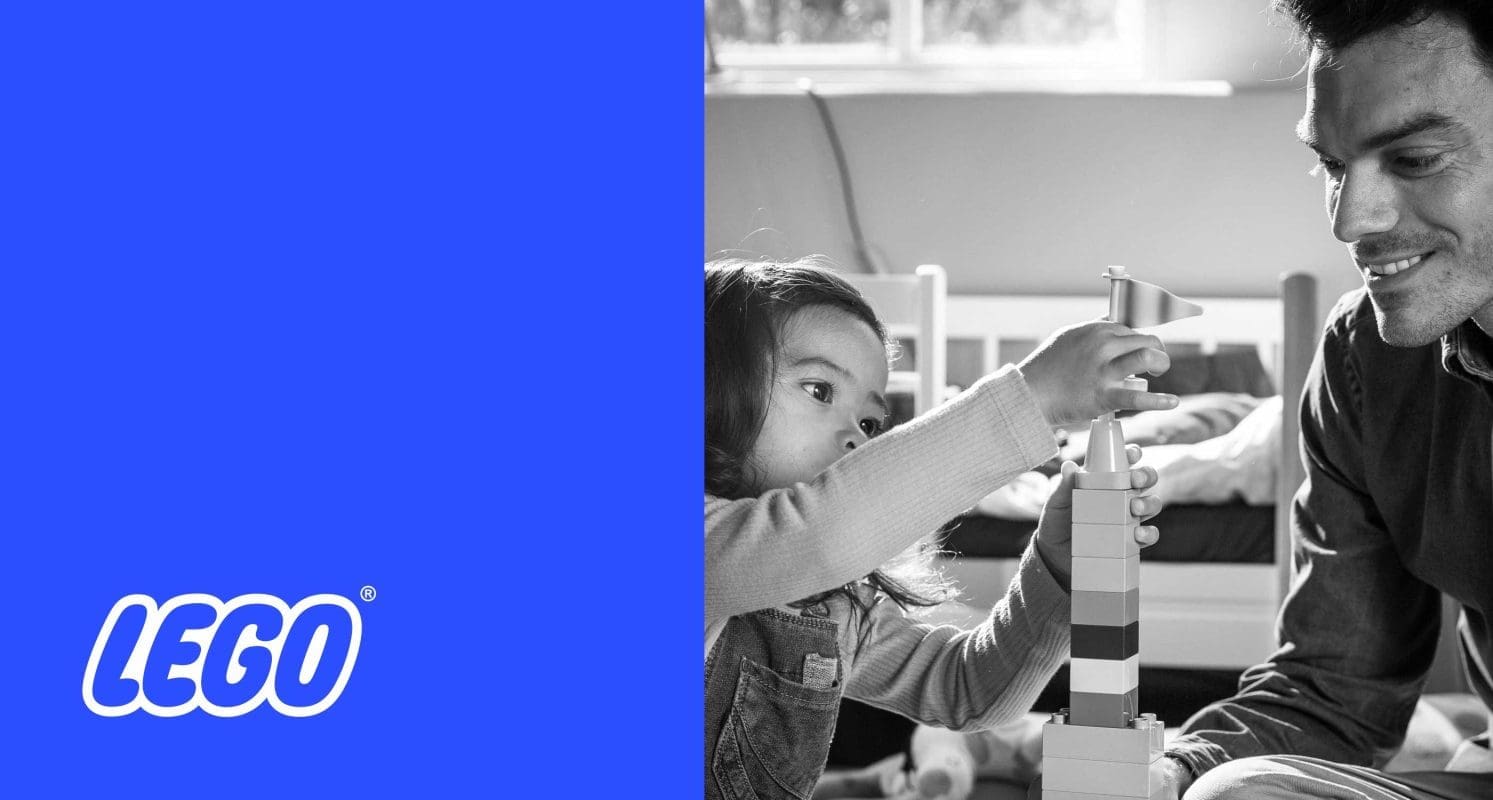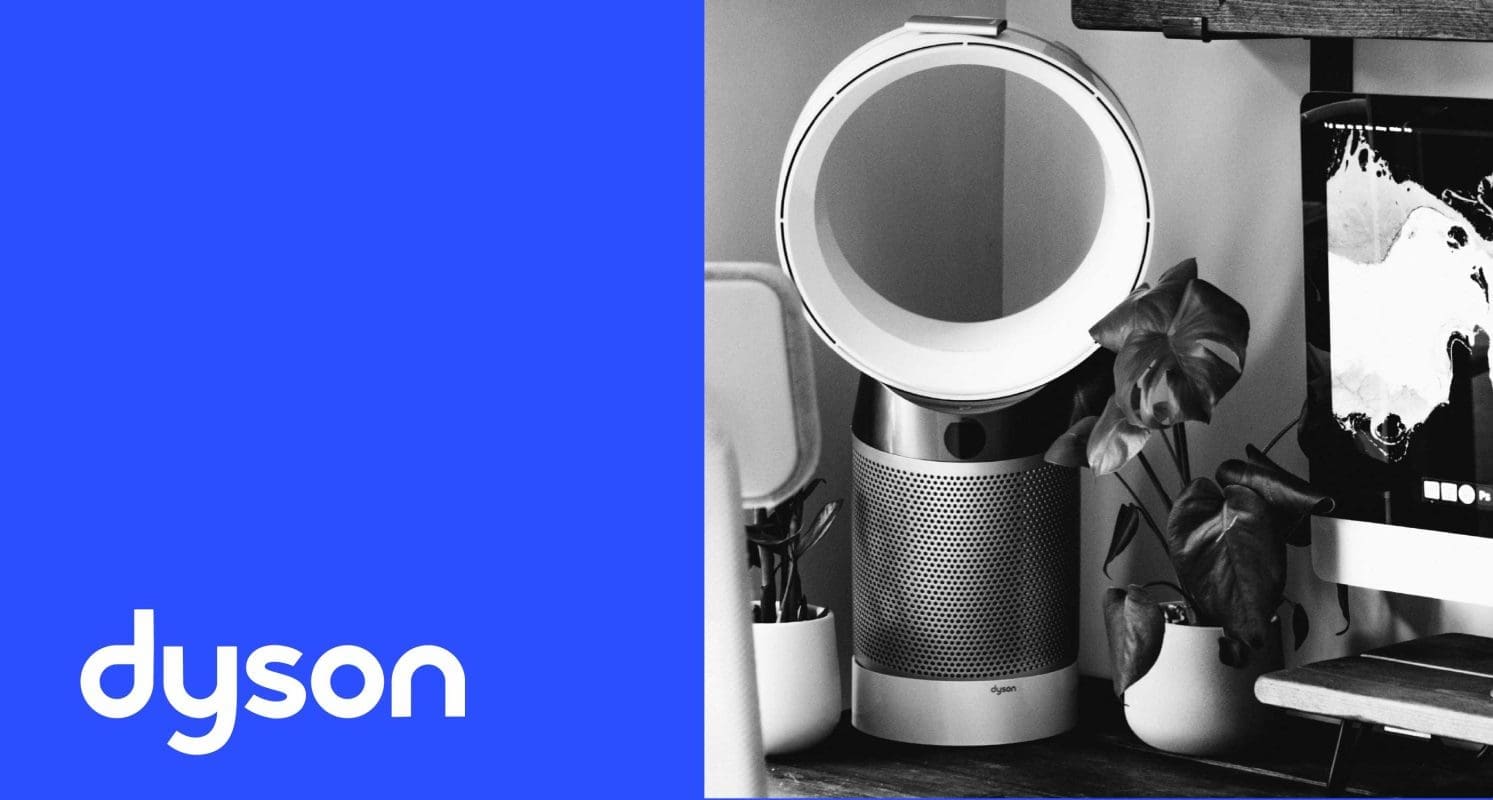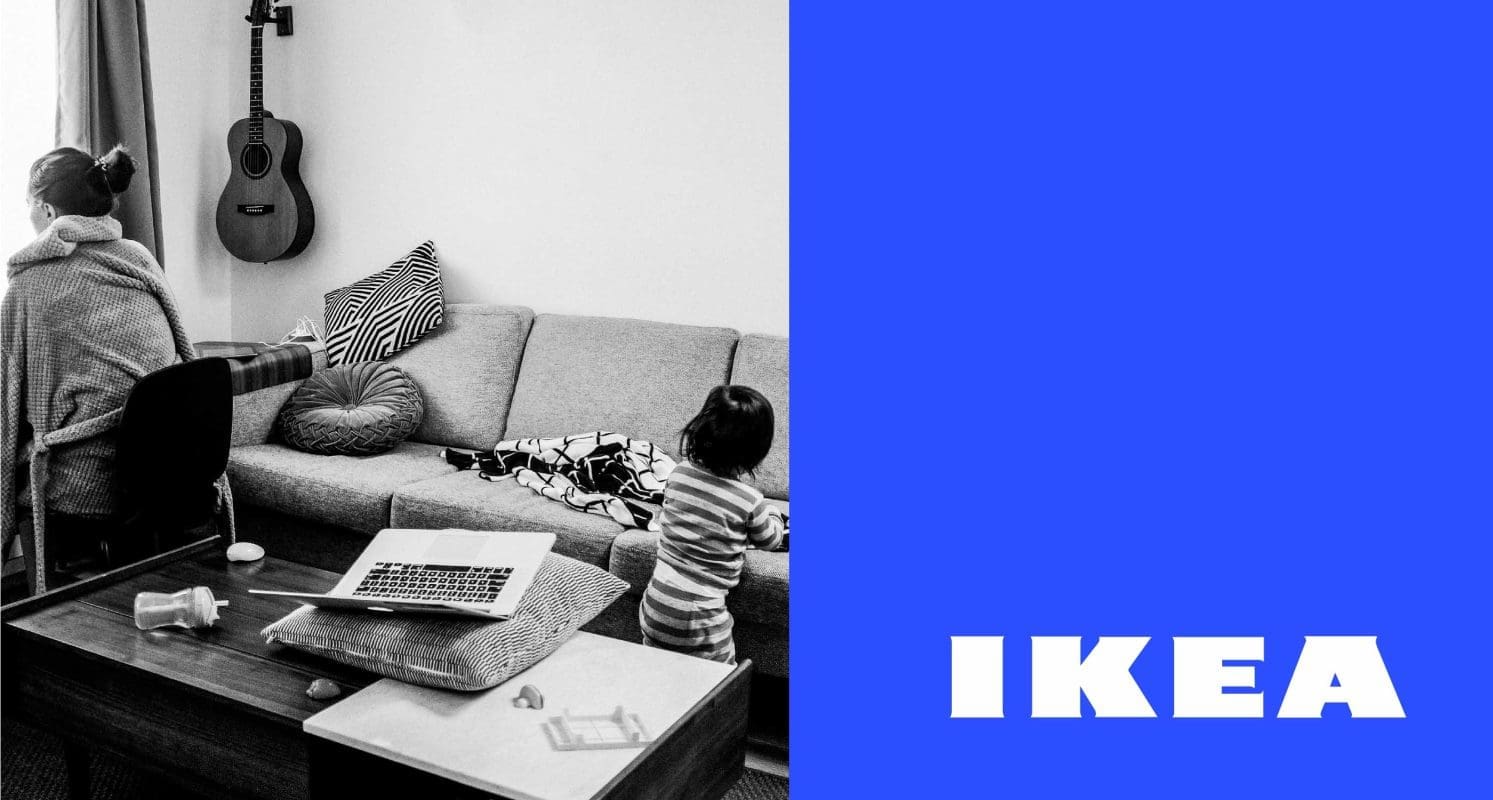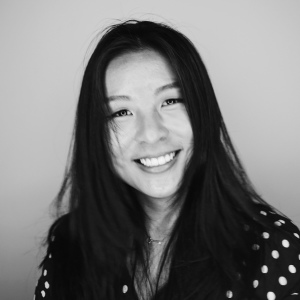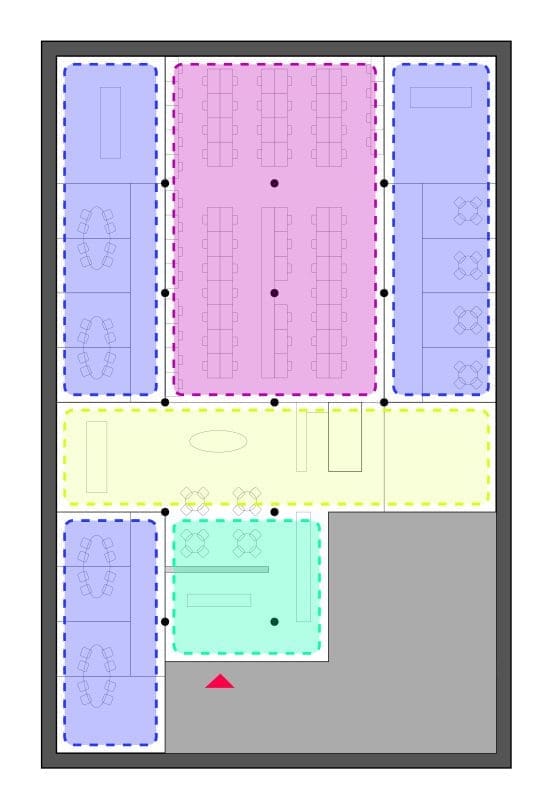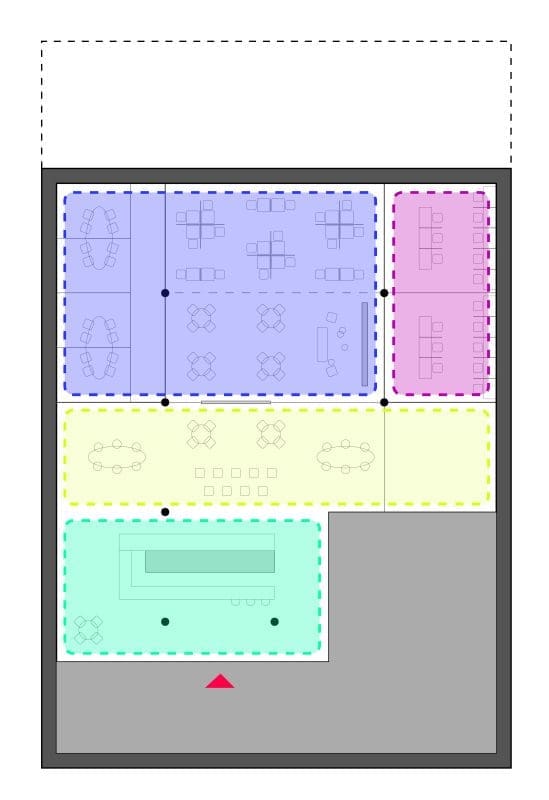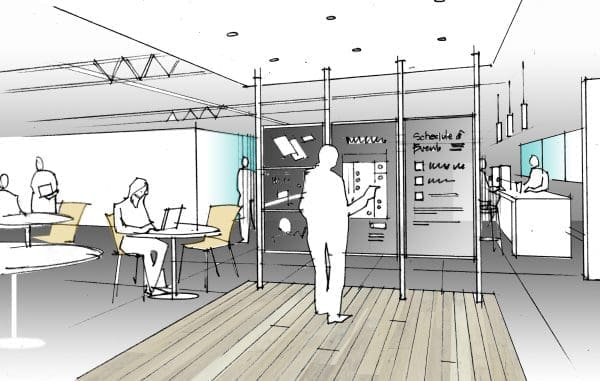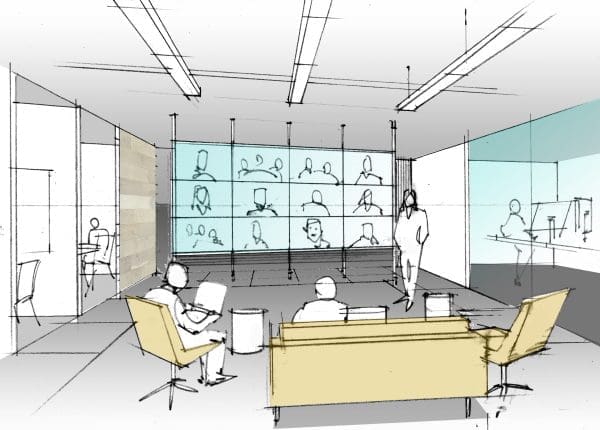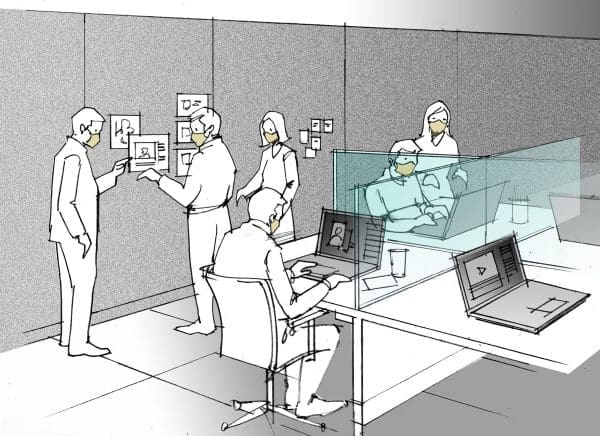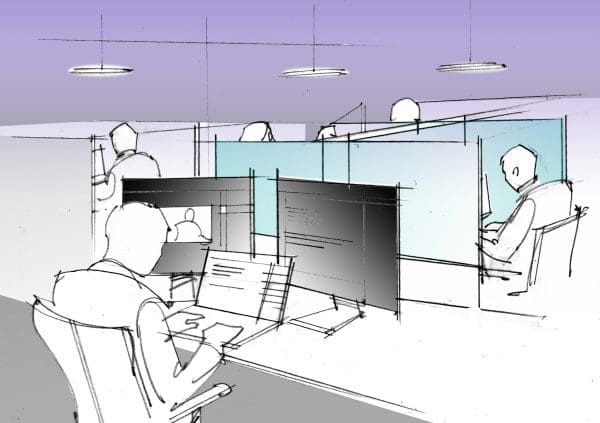BLOG
Shiseido’s Innovation Journey in China: A Conversation with Carol Zhou
This fast-growing beauty company shares insights about developing new ideas that can flourish.
In the past five years, a new generation of direct-to-consumer local disruptors has been booming in the consumer sector in China. These brands are growing at an unprecedented rate, and many have reached growth rates that are tens or even hundreds of times the industry average. They adapt and react fast to consumer trends, they’re more resourceful in leveraging platforms to explore new initiatives, and their increasing influence and marketing power are giving large international players a run for their money in the ever-fierce competition for the Chinese beauty consumers.
In the first half of 2021, Shiseido China achieved a remarkable 44% revenue growth. Shiseido’s online and offline sales both increased, in part, due to the brand’s ongoing efforts in capturing consumer trends and continued focus on brand value. Viewing China as an important source of innovation, Shiseido announced a special investment fund in August, Shiseido Beauty Innovations Fund, partnering with Boyu Capital. The investment will focus on emerging beauty and wellness brands, as well as investment opportunities in related upstream and downstream technology companies.
Recently, Tom Zhang, senior engagement manager at Prophet, and Carol Zhou, Shiseido’s senior vice president of China Business Innovation & Investment, discussed the brand’s innovation journey in the China market, insights on the domestic beauty industry and her predictions for the Chinese beauty market.

Carol Zhou
Shiseido
Senior Vice President, China Business Innovation & Investment
Carol has served as head of Shiseido’s China Business Innovation & Investment since early 2019. With China’s diversified business ecosystem as a backdrop, Carol is committed to accelerating innovation and uncovering new business models to drive growth for Shiseido on a global scale, positioning the brand as a global leader in beauty innovation.
Before Shiseido, Carol has held numerous senior management positions in multinational companies including Unilever, L’Oreal, Amway, Burberry and Marriott International, where she has built brands across regions and business domains. Carol attended New York University’s Stern School of Business and holds an MBA degree from Hong Kong University of Science and Technology.
From your perspective, what are the key trends in China’s beauty industry in the next two to three years?
Currently, China’s beauty consumers are in a phase of exploration. As consumers become more sophisticated, they will be more knowledgeable in terms of ingredients and the science behind the brands. Increasingly, customers will no longer blindly believe in marketing stories but do their own research and look toward experts with real data. We will see more brands working with medical authorities, such as research institutions, doctors and scientists to lead the development of the industry and consumers from the perspective of scientific ingredients and formulas. I see a movement toward dermatologist brands and products/services.
Next, the trend of personalization will continue to develop. Although technology and regulations are temporarily limiting, and the product experience and user journey are not yet perfected, I believe that personalization is the future direction of skincare. Everyone is unique and our skincare should be too. Many brands are already customizing their products and services with this in mind, and I see tremendous development in the future. With advancements in digital and gene tech, the future for a personalized experience and product design is limitless.
Health and wellness, propelled by COVID-19, is becoming top of mind for consumers around the world. There will be further integration of topical skincare with the ingestible to provide a holistic beauty approach for consumers.
In the face of these opportunities, how can Shiseido lead innovation?
In the two and a half years since I joined Shiseido, the strategy has evolved. In the beginning, we aimed to broadly explore new trends and opportunity areas. Now, we are doing a detailed audit of Shiseido’s strengths, and identifying the intersection of market white spaces and organizational capabilities to better seize these opportunities.
Take the aesthetic medicine category as an example. Shiseido, as an industry leader, can play an important role in the development of this field. However, we will not focus on businesses that are clearly beyond our organizational core capabilities, such as injection-based medical devices. But we can explore how to integrate Shiseido into the overall aesthetic medicine ecosystem by innovating around the subcategory of postoperative recovery with products and/or services.
“Influential innovations come from improving upon existing consumer values, leading to improved experiences and ideas.”
Speaking of personalization, it is actually deeply rooted in Shiseido’s innovative DNA. More than 100 years ago in 1917, Shiseido launched the 7 Colors Powder, a face powder product that consumers could mix and match to achieve a refined look based on their unique complexions. We are also actively exploring personalized beauty devices and services. With the ongoing advancement of technology, we will continue to optimize the experience, providing specialized and convenient smart devices and genetic-level skin diagnoses in the future.
Nutricosmetics (beauty foods) is another area that we are focused on. Japan’s healthy lifestyle and a balanced diet are highly renowned around the world. Shiseido can dial up this advantage and share with Chinese consumers our innovation based on superfoods and functional ingredients.
The evolution of China’s digital ecosystem can be described as boundless. How do you view the opportunities and challenges faced by brands?
The digital ecosystem undoubtedly provides fuel for brand incubation and innovation, but it also brings about a crisis of “involution.” Many brands have a “cash-burning” marketing strategy, hiring influencers to promote the brand, giving away massive discounts. The focus is purely on marketing, while the product quality and true consumer value are secondary. The result is a bunch of products with similar benefits and features, almost the same ingredients and me-too packaging. The growth is often purely driven by new customer acquisition, and when the cash runs out, the consumers will not return either. This vicious cycle makes it more difficult for the brands to reach profitability and create any long-lasting value.
To truly gain a foothold in the market, brands must clearly define their unique value propositions – what is the “WHY.” This is the problem that many emerging brands face today.
What advice do you have for these brands?
I believe we need to return to the fundamentals and think about what is truly unique about the brand. Why do they exist? The value of a brand must go beyond purely marketing tactics.
Shiseido’s ability to have lasting success is in large part due to our dedication to creating the best quality products to meet consumer needs. This dedication to “craftsmanship” is why we don’t blindly follow market trends, but rather think critically about how we can further refine our products. Although we may not always be at the forefront of trends, we have found the right pace to create a timeless brand.
In leading international beauty giants to drive innovation in China, how do you balance “China speed” with global collaboration?
Based on my own experience in the global headquarters, regional headquarters and China business units of various brands, the tension between them is inevitable. An international brand must have consistency and a global strategy. Then the regions (China) will execute this global vision with local adaptation and interpretation that suit the local appeal. Oftentimes, local regions will complain that they need more local decision-making autonomy, while global headquarters want to maintain more control. The conflict, if managed well, can be healthy. Clear and constant communication allows local teams to coordinate with headquarters in a more streamlined manner while educating headquarters on local market situations. It also allows the teams to improve their critical thinking and decision-making abilities.
How do you promote a culture of innovation within Shiseido?
First, I need to start with my own team. I believe it is very important to create a more inclusive, open and flexible working environment and experience. In addition to more flexible working hours and locations, I strongly encourage the team to learn from outside their fields, to learn more about the world outside of their areas of expertise. Sometimes, finding a team is like finding a romantic partner – you need to seek mutual understanding and complementary attributes.
To me, innovation or any critical agenda needs to start at the top. Therefore, I need to make sure my management team understands and believes in the local innovation culture and mechanism as much as possible, in order to have a greater impact and more effectively promote innovation internally.
Lastly, based on your experience, what do you think are the most common “innovation pitfalls” that brands should avoid?
A common misunderstanding is that true innovation is always something breakthrough, from 0 to 1. But in fact, more influential innovations come from improving upon existing consumer values, leading to improved experiences and ideas. Always remind yourself what is the true consumer value and the “WHY” behind it.
FINAL THOUGHTS
By analyzing and auditing its strengths and weaknesses, companies can better explore new trends and opportunity areas. The goal is to find potential intersections of market white spaces and organizational capabilities.
To learn more about how to create meaningful innovation and experiences for your organization, contact us now.




